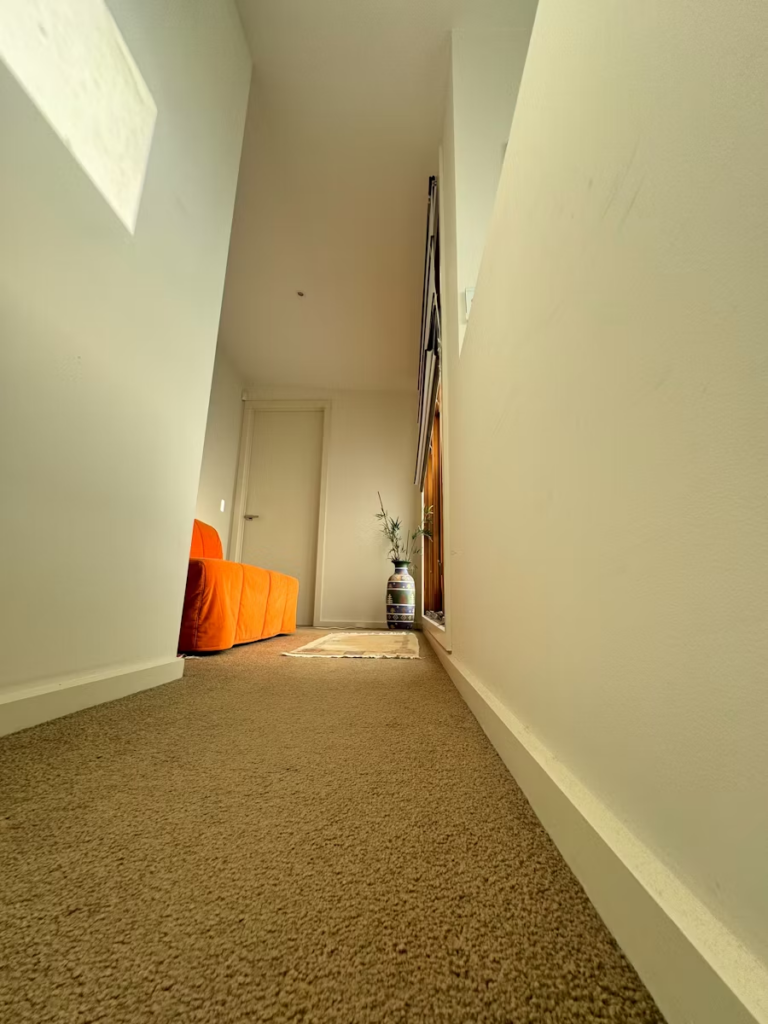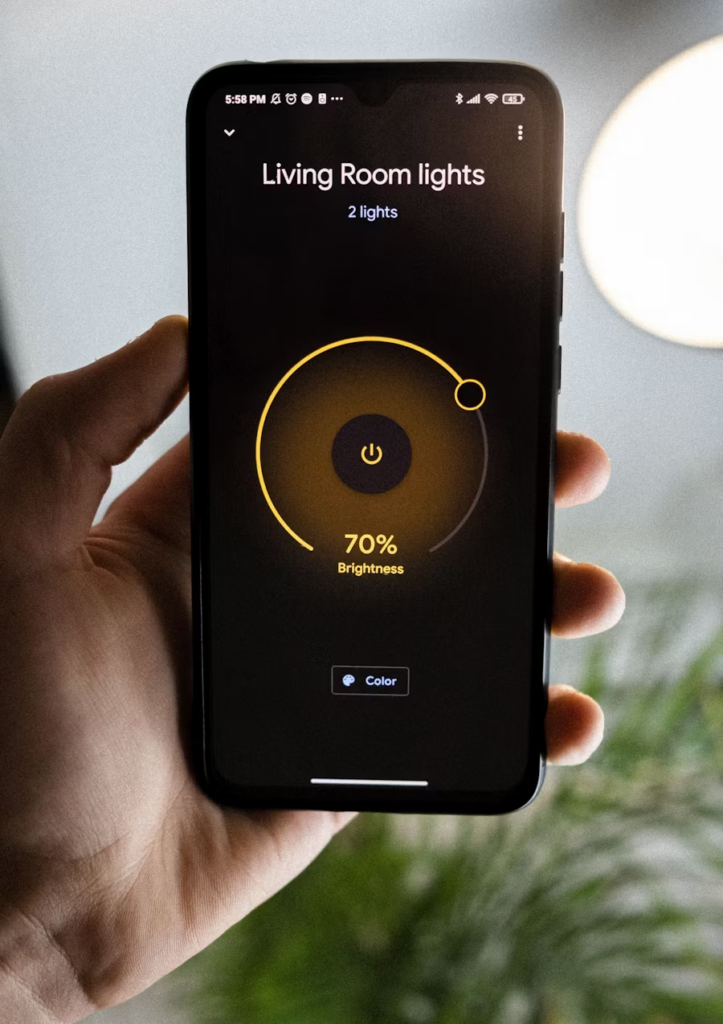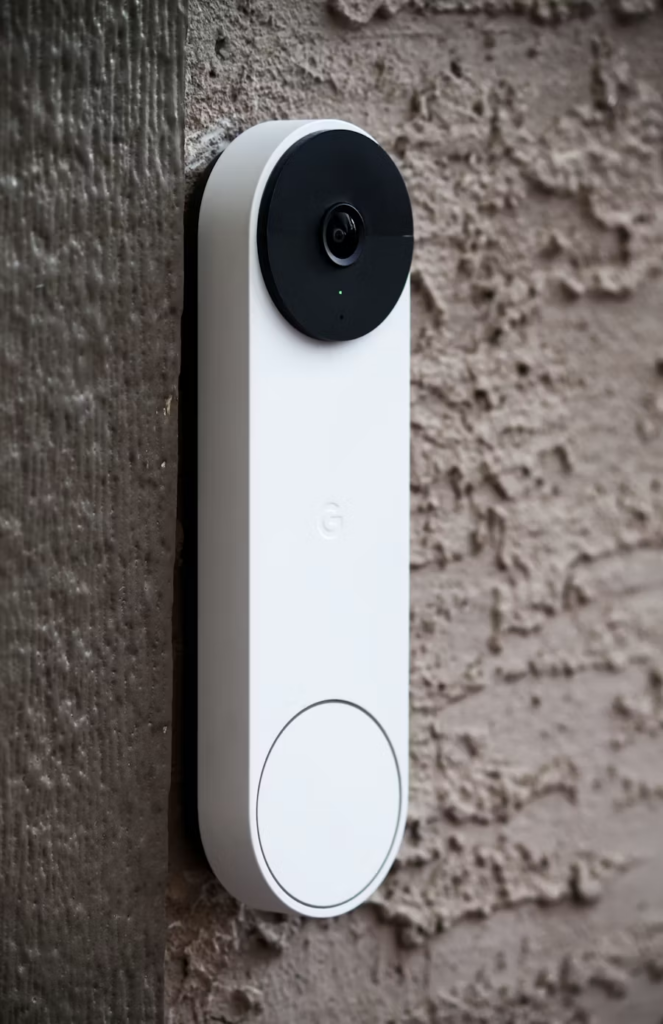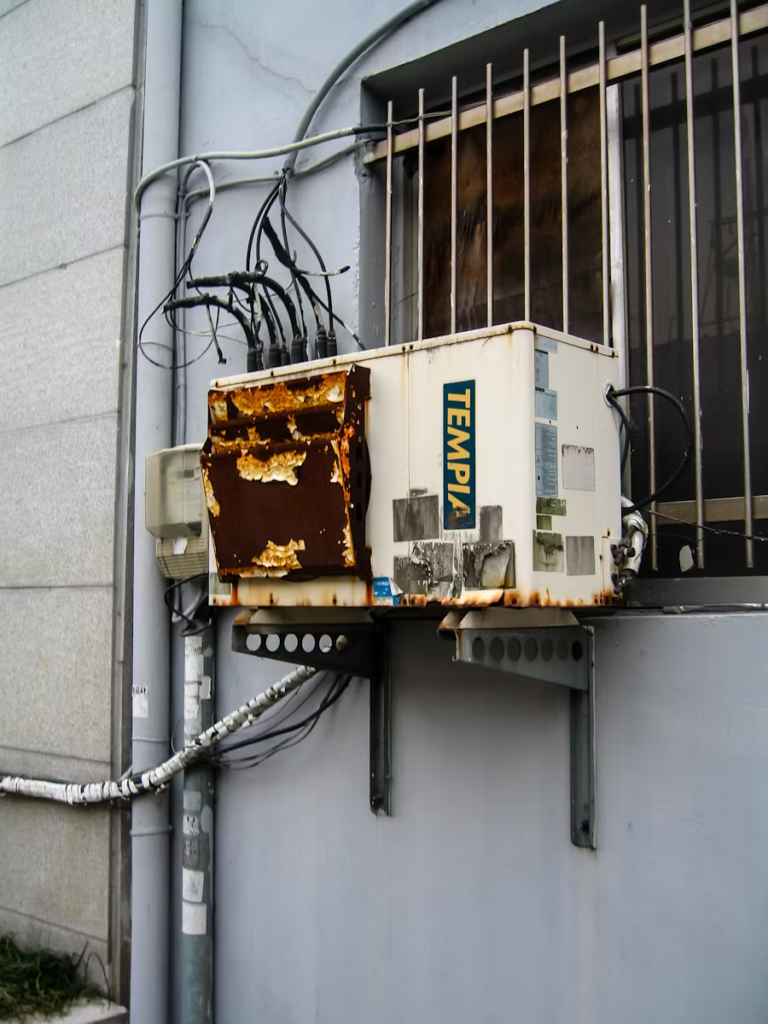Grouting is an essential step in the installation and maintenance of tiles. Whether you’re remodeling your bathroom, updating your kitchen, or completing a DIY flooring project, grouting plays a critical role in sealing the gaps between your tiles. Grout enhances the aesthetics of your tiled surfaces and protects against moisture, dirt, and bacteria. Understanding when to grout, how to apply it, and how to maintain it can make a huge difference in the longevity and appearance of your tiled areas.
Read on to find out when to grout your tiles, and how to ensure your grout lasts long while keeping your surfaces clean and safe.
What is Grouting?
Grouting refers to the material used to fill the gaps between tiles. It’s typically a paste made from water, cement, and fine sand. Depending on the type of grout used, it can be cement- or epoxy-based. The main purpose of grout is to fill the joints between tiles to stabilize them, prevent dirt from accumulating, and protect the underlying surfaces from moisture and other environmental factors.
Grout also plays an important role in the aesthetic appearance of tiled areas. It helps accentuate the patterns and designs of the tiles and provides a finished, cohesive look. When applied properly, grout enhances the overall appearance of your tiled surfaces, making them look neat, uniform, and polished.
When Should You Grout Your Tiles?
Knowing when to grout is essential for ensuring the grouting process is effective and long-lasting. Several factors can influence the right timing for grouting. Here’s what you need to consider:
1. After Installing New Tiles
Grouting is typically done after the tiles have been set and have had time to adhere to the surface properly. In most cases, you’ll want to wait at least 24 hours before grouting to give the tile adhesive enough time to dry and set. This is particularly important for ceramic and porcelain tiles, which require adequate time to bond with the substrate before grouting.
2. After Tiling and Cutting
Once you’ve installed your tiles, and if any cuts or edges need to be adjusted, you can apply grout. Ensure the tiles are properly spaced, and the cuts are clean before you begin grouting. Applying grout before these adjustments are complete can lead to uneven surfaces or difficult-to-remove grout.
3. For Preventing Moisture Penetration
In areas like bathrooms or kitchens, moisture can cause significant damage to underlying surfaces, especially if grout lines are left exposed for too long. To prevent water infiltration, it’s crucial to grout tiles as soon as possible. This helps create a waterproof barrier, preventing mold, mildew, or water damage.
4. When There Are Visible Gaps or Spaces Between Tiles
If you’ve noticed gaps between tiles widening or becoming exposed over time, it’s time to apply grout. Uneven grouting or missing grout can result in water seepage and damage to the underlying materials, so it’s important to address this as soon as possible.
5. As Part of Regular Tile Maintenance
Grouting isn’t only about installation; it’s also an ongoing maintenance task. Over time, grout can become worn, discolored, or cracked. In such cases, re-grouting or replacing the grout will restore the aesthetic appeal of your tiled surfaces and provide a new, clean, protective layer.

How to Apply Grout
Grouting is relatively straightforward, but it requires patience and attention to detail. Here’s a step-by-step guide on how to properly apply grout to your tiles:
Step 1: Prepare the Surface
Before applying grout, ensure the tile surface is clean and dry. Remove any debris or excess adhesive from the joints between tiles. This will ensure that the grout adheres properly to the surface, forming a smooth, even finish.
Step 2: Mix the Grout
Grout typically comes in powder form, which you must mix with water. Follow the manufacturer’s instructions for the correct grout-to-water ratio. If you’re using epoxy grout, it will come as a pre-mixed solution, which can save time during preparation.
Step 3: Apply the Grout
Using a rubber grout float, apply the grout onto the tiled surface. Hold the float at a 45-degree angle and spread the grout diagonally across the joints, pressing it into the spaces between the tiles. Work in small sections to ensure the grout doesn’t dry before you can clean it.
Step 4: Remove Excess Grout
Once you’ve filled the joints with grout, use the edge of the float to scrape off excess grout from the tile surface. Make sure to wipe diagonally to avoid pulling grout out of the joints.
Step 5: Clean the Tiles
After the grout has settled, take a damp sponge and gently wipe off the remaining grout from the tiles. Be careful not to disturb the grout lines in the joints. Rinse the sponge regularly and wipe the tiles until they are clean.
Step 6: Let the Grout Dry
Allow the grout to cure and dry for at least 24 hours before using the tiled surface. Keep the area dry during this time to ensure proper setting.
Step 7: Seal the Grout
Once the grout has dried, you can apply a grout sealer to protect the grout from stains, moisture, and dirt. A sealer will also prevent mould or mildew growth, especially in damp environments like bathrooms and kitchens. Be sure to follow the manufacturer’s instructions on how to apply the sealer.
Types of Grout to Choose From
When selecting grout, there are different types to consider based on your needs. These include:
1. Cement-Based Grout
Cement-based grout is the most common type of grout used for tile installations. It is inexpensive, easy to use, and works well for most applications. It is ideal for dry areas like living rooms, bedrooms, and kitchens.
2. Epoxy Grout
Epoxy grout is more durable and water-resistant than cement-based grout. It’s ideal for areas with high moisture levels, such as bathrooms and kitchens. Epoxy grout is stain-resistant and has a longer lifespan, making it a great choice for areas with heavy traffic.
3. Urethane Grout
Urethane grout is a flexible, durable grout option suitable for residential and commercial use. It resists cracking and staining and is perfect for use in areas that experience frequent movement, like floors.
Why You Should Call a Professional for Grouting
While grouting is a task you can do yourself, there are certain situations where calling a professional is the best option. For example, if you’re dealing with large-scale projects, complex tile patterns, or have little experience, professional help will ensure the job is done correctly. Professional grouting experts can also advise you on the best type of grout for your specific needs and ensure that the work is completed quickly and efficiently.
Final Thoughts
Grouting is an essential part of tile installation and maintenance. Whether you’re working on a DIY project or hiring a professional, knowing when to grout, how to apply it, and the type of grout to use is crucial. Regular grouting enhances the appearance of your tiles and protects them from moisture, dirt, and damage. If you notice gaps, discoloration, or cracks in your existing grout, it’s time to address the issue before it leads to bigger problems.
Following the steps outlined above and understanding when to grout, you can ensure that your tiles remain beautiful, functional, and protected for years.

















You must be logged in to post a comment.